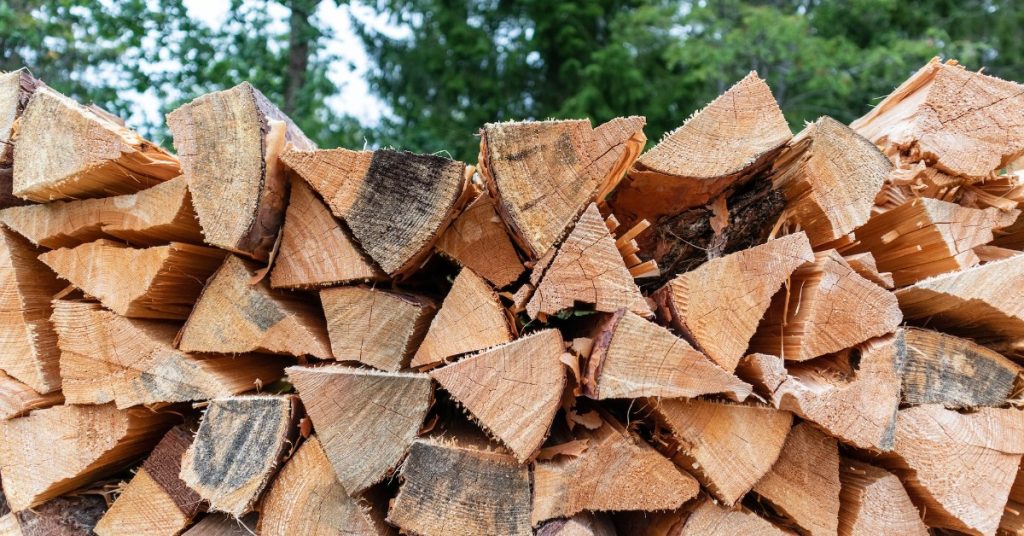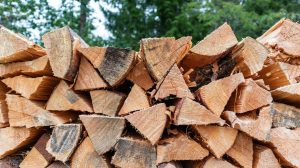
Introduction
Firewood is expensive, and it’s getting more expensive every year. But if you live in a rural area, there are plenty of ways to get free firewood. In addition, if you’re lucky enough to have friends or family who own land with dead trees, they can help you with all the wood they cut down during a storm or when they thin their wood.
If you’re willing to put in some time and effort, there are plenty of ways to get your hands on wood without spending any money. The best part is that these techniques don’t require special equipment or skills–just a willingness to look around and explore!
Local Area and Local Authorities
- Talk to the local fire department. They may also have access to free wood due to some grant funding from the government or something similar.
- Look for businesses near your home that sell firewood as part of their business models, like farms, local hardware stores, or lumber yards. Ask them if they know anyone with extra and is willing to give it for free.
- Look at the end of nearby driveways where people often leave behind pieces of wood from trimming trees or clearing brush. This can be a great way to get free firewood without having to ask around too much but make sure it’s okay with the homeowner first!
- You may also find this at nearby parks and other public spaces where people gather regularly. It doesn’t hurt to take some extra pieces home with you; this stuff wasn’t used anyway, so there’s no harm done (and plenty gained!).
Contacting Specialized Companies
If you want to get firewood for free, your best bet is to contact a company specializing in removing fallen trees after storms. If you’ve had a storm recently, and fallen trees are causing damage to your home or property, you might have noticed that the tree removal companies are working night and day to remove them. These companies will often have stacks of wood waiting to be loaded and hauled away by someone needing free firewood.
You can also contact local tree service companies, which may have some leftovers from their jobs in your neighborhood. If they don’t, they probably know someone who does!
Search Online
Free firewood is often just a search away.
If you live in a part of a state where firewood is plentiful, it’s easy to get free firewood. Just head to Craigslist or Facebook Marketplace and search “firewood.” Someone might be giving away old logs because they’re moving, or they may want them gone for some other reason. They may even ask for help loading them into your car!
With the rise of online marketplaces, this is becoming easier for people willing to give away firewood.
Types of wood to avoid
There are many types of wood that you should avoid using for your firewood. Some of the most common types of wood to avoid include:
- Pine: Pine is a very soft wood that burns quickly and doesn’t produce much heat.
- Fir: Fir is another soft wood that burns quickly and doesn’t produce much heat.
- Spruce: Spruce is another soft wood that burns quickly and doesn’t produce much heat.
- Cedar: Cedar is a soft wood that produces a lot of smoke when burned.
- Eucalyptus: Eucalyptus is a hardwood that produces a lot of smoke when burned
- Oak is a hardwood, but it is challenging to ignite and only burns well once it’s started.
- Greenwood – Greenwood is unseasoned and full of moisture. It will produce a lot of smoke and won’t burn well.
- Wet wood – Wet wood is another bad choice for firewood as it produces a lot of smoke and will burn poorly.
- Treated wood – Treated wood has been treated with chemicals that can be harmful when burned. It’s best to avoid using this type of wood in your fire pit.
How to store firewood
If you’re lucky enough to have a fireplace or wood-burning stove, you probably want to know how to store firewood so it will be dry and ready to burn. Here are some tips:
1. First, you must find a good, dry spot to store your firewood. It should be protected from the elements, like rain and snow.
2. Build or buy a firewood rack once you’ve found a good spot. This will keep your wood off the ground and allow air to circulate it, which will help it stay dry.
3. Store your wood close to your house or other buildings. This can create a fire hazard.
4. Cover your woodpile with a tarp or other waterproof material if possible. This will help keep the rain and snow off of it.
5. Check your woodpile regularly to ensure it’s still dry and usable. If not, take steps to dry it out before using it in your fireplace or stove.





















Add Comment